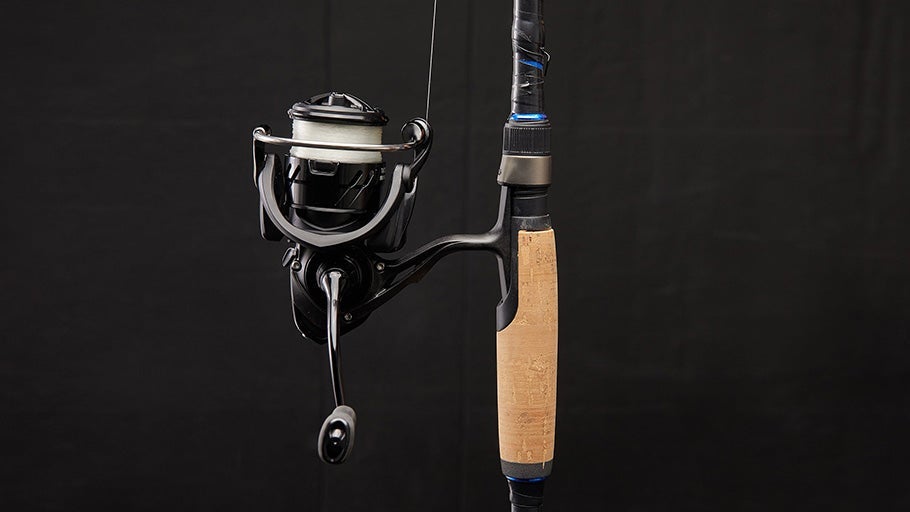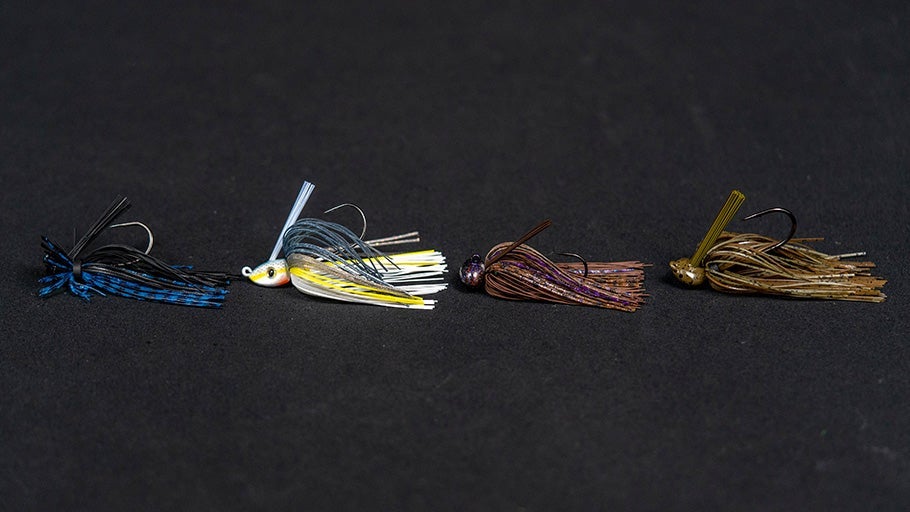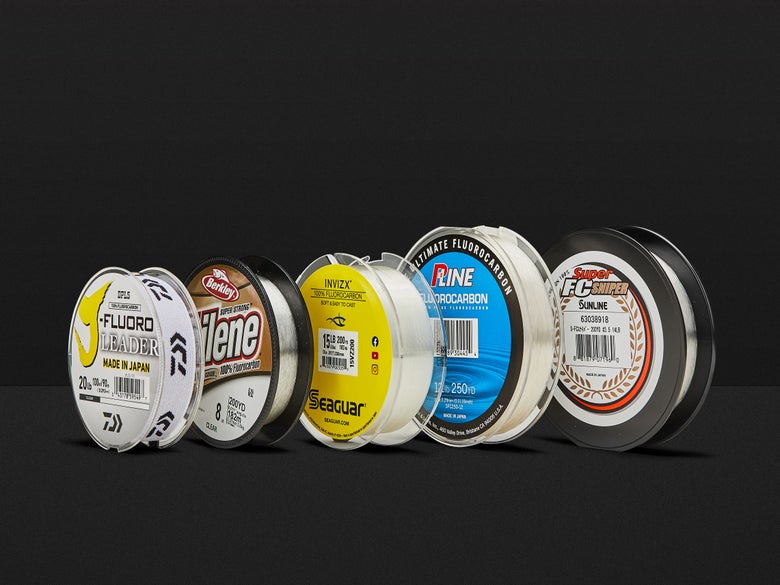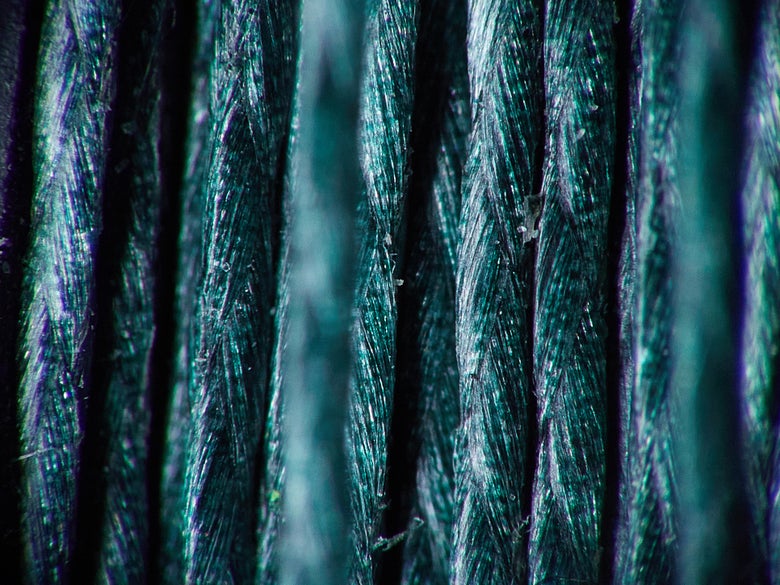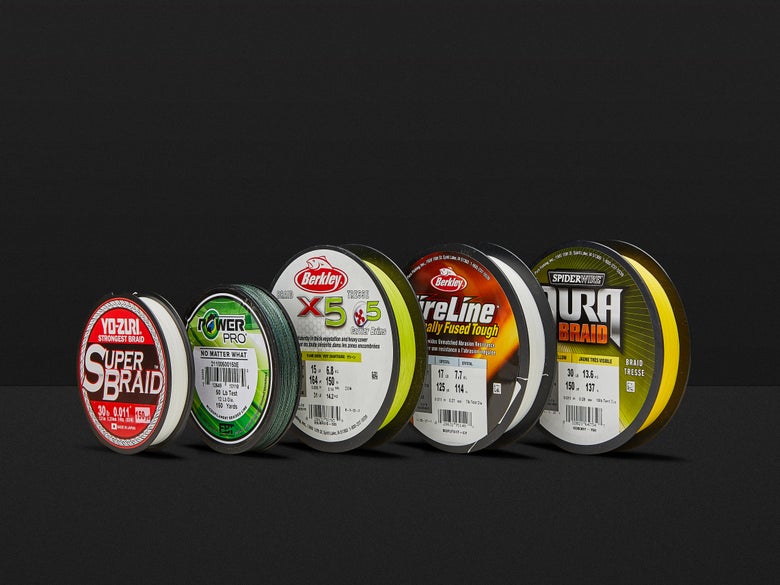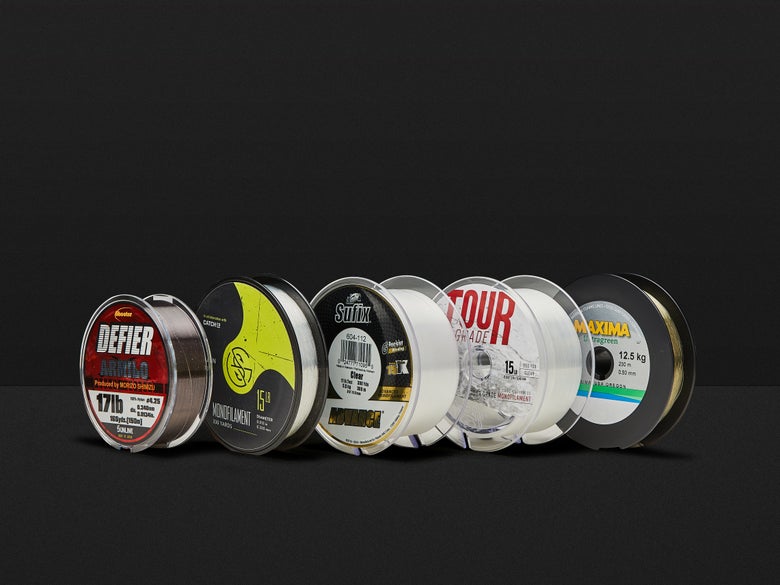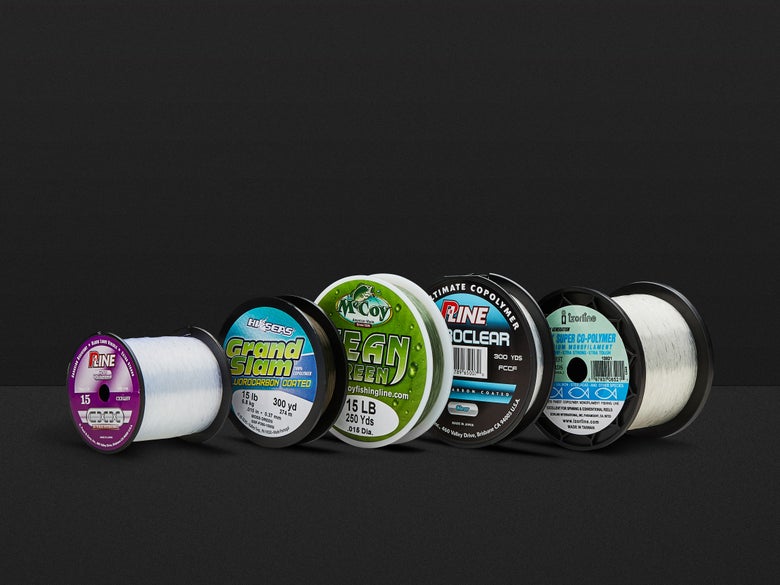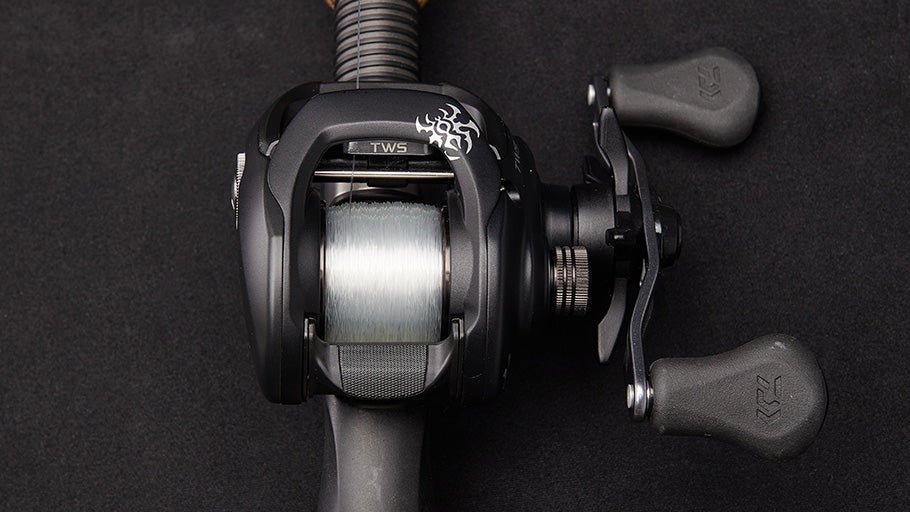
How to Choose the Right Fishing Line for Beginning Bass Anglers
Selecting the right fishing line can be one of the most critical decisions in ensuring success while bass fishing. For many, this choice can be a bit overwhelming at first. With so many types of lines, sizes, and colors, it is hard to know what the optimal choice is for every situation. The aim of this article is to educate anglers on each line type, offer some helpful guidelines on selection, and hopefully take some of the guess work out of line choice. First, lets explore the four main types of fishing line (fluorocarbon, braid, monofilament, and Co-Polymer) and see what makes them unique.
Fluorocarbon
Since it was first introduced in the 1970’s, fluorocarbon (also commonly referred to as "fluoro") has continuously gained popularity among bass anglers, earning industry-wide acceptance through the 1990’s and becoming the most used type of fishing line today. One of the reasons behind fluorocarbon’s prevalence is its high-density construction, which makes it sink naturally when it hits the water, unlike monofilament and braid. Additionally, the compact nature of fluorocarbon boosts sensitivity, allowing anglers to detect subtle bites and slight changes in bottom composition.
Fluorocarbon also possesses a light refractive index that is extremely close to that of water. What does that mean? It is almost invisible underwater, which makes it harder for fish to detect. Delivering outstanding abrasion resistance as well, fluorocarbon stands up well when fishing around light cover or snaggy terrain, making it an excellent choice for a super-wide range of techniques, including Texas-rigs, spinnerbaits, swimbaits, umbrella rigs, crankbaits, and finesse techniques.
Braided Line
One of the oldest types of fishing line known to man, braided fishing line is exactly what it sounds like – a band of fibers woven together to create a strong singular strand. However, unlike the original braided lines made from plant fibers, today’s technologically advanced braids consist of microfibers that have been spun together to create an incredibly strong and tightly woven construction.
This ultra-compact design eliminates stretch, resulting in extreme power and heightened sensitivity when compared to other types of fishing line. The outstanding strength and minimal stretch make it ideal for heavy-duty applications, like buzzbaits, frogs, and flipping, or any time you are pulling fish out of heavy cover. The minimal stretch also provides advantages when used as a backing for finesse tactics, like extended casting distance and improved sensitivity. Most braided lines float naturally as well, so it makes a great option for topwater lures, especially when it is paired with a small length of monofilament or co-polymer for shock-absorbency.
And because braid is constructed of fibers, it can be dyed into a wide range of different colors, which can make it visible or stealthy depending on the situation. This can be an advantageous when fishing something like a weightless wacky worm where a small jump in the line may be your only bite indication. While not as universally applicable as fluorocarbon, the properties of braid make it a must-have anytime you are fishing around heavy cover, want to maximize sensitivity, or need your bait to float.
Monofilament
Dating back several decades, nylon-based monofilament fishing lines originally dominated bass fishing with their partially invisible design. However, as line and rod technologies evolved, monofilament was slowly phased out for the tougher, more invisible fluorocarbon in most scenarios. And while fluoro may be more universally applicable, the stretchy nature of monofilament makes it invaluable anytime you want some shock absorbency in your setup.
For some, the springiness of monofilament is preferable when throwing a big swimbait, crankbait, or even a small jig (when paired with braid). Because it floats, monofilament also really shines with topwater lures, keeping them on the surface with ease, and providing a bit of stretch when faced with explosive bites. Another key attribute that makes monofilament attractive to anglers is cost. Usually, monofilament is a fraction of the cost of fluorocarbon or braided line, making it great for reel backing or fun fishing. While you will not spool every setup with monofilament, it certainly has its place in every bass angler's arsenal and is an inexpensive way to spool up without breaking the bank.
Co-Polymer
While not as commonly used as braid, fluoro, or even mono, co-polymer is an option worth noting as it offers a blend of attributes that can be advantageous to many anglers. Made by fusing two different types of line materials together, co-polymer is more invisible and stronger than monofilament line, while remaining cheaper than braid or fluorocarbon. Most co-polymers are made entirely with nylon material, which causes it to float, but there are some that are coated with fluorocarbon and sink, so sink rate is variable from brand to brand. Providing an angler-friendly price point and a nice mix of attributes, co-polymer is a very reasonable option for a lot of scenarios.
Line Properties
Bass fishing lines can be separated into four distinct types: fluorocarbon, braid, monofilament, and co-polymer. Each line type offers various levels of invisibility, abrasion resistance, stretchiness, knot strength, and sink rate, which makes them more (or less) suitable from technique to technique. Below, we have broken down these properties by line type to help you identify when you might want to choose one line over another.
| Properties | Fluorocarbon | Braid | Monofilament | Co-Polymer |
| Invisibility | Best | Good | Better | Better |
| Abrasion Resistance | Better | Best | Good | Better |
| Stretchiness | Good | Good | Best | Better |
| Knot Strength | Better | Best | Good | Better |
| Sink Rate |
Sinking | Floating | Floating | Variable* |
*Sink rate can vary depending on the composition of the co-polymer
Line Applications
Now that you know a little bit about each line type, the next question becomes: When do you use each one? Below, we outlined some very general application guidelines as a starting point. Once you start to explore each line type you might find that you like or dislike a line type based on their properties – and that's completely fine. There are no hard and fast rules when it comes to bass fishing line. You will even find varying opinions among the top pro's about which line to use and when.
| Application | Flourocarbon | Braid | Monofilament | Co-Polymer |
| Bottom Contact Baits | Most Common | - | - | Common |
| Finesse Fishing | Most Common* | - | - | Common |
| Topwater Baits | Somewhat Common | Common | Most Common* | Common |
| Grass Fishing | Common | Most Common | - | Common* |
| Moving Baits | Most Common | Somewhat Common | Common | Common |
*In conjunction with braided line
Selecting Line Size
When choosing your line size there are no fixed rules that determine the absolute correct answer. Rather, line size is usually determined after taking several factors into consideration. To help you choose the right size line, take these general guidelines into consideration:
-The heavier the cover you are fishing around, the heavier line you will want to use.
-The cleaner the water you are fishing in, the lighter and more invisible you will want your line.
-The heavier your lure, the heavier the line you will want to use.
-When fishing around smaller fish, like spotted bass or smallmouth, the line can typically be downsized.
Overview
Hopefully, this article has helped demystify some of the nuances of fishing line and provided a better overall idea of what works best in certain scenarios. For more in-depth information on how to tie knots, spool a casting reel, or spool a spinning reel, make sure to check out the Learning Center on TackleWarehouse.com.
Related Articles

